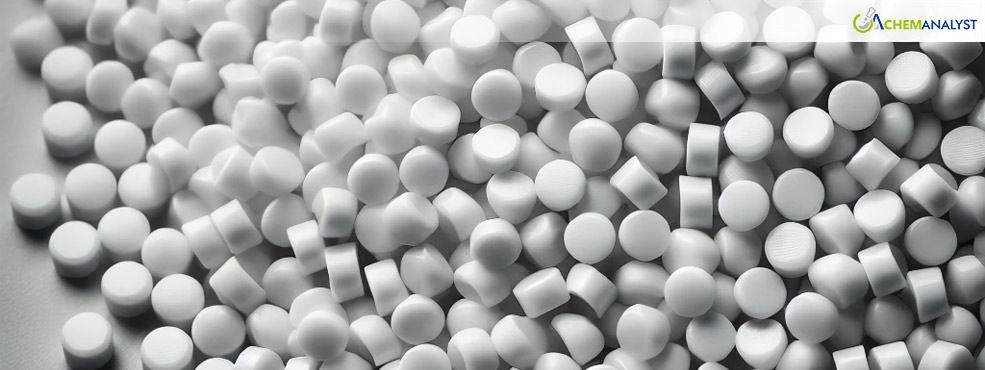PBT Prices Drop in Asia While US and European Markets Remain Stable in the H2 of October
- 04-Nov-2024 10:00 PM
- Journalist: Motoki Sasaki
During the second half of October 2024, Polybutylene Terephthalate (PBT) exhibited a mixed price trend across global markets. While the Asian market saw a decline, prices in the US and Europe remained stable. These fluctuations were largely influenced by downstream demand and production costs.
In Asia, particularly in China, PBT prices dropped by 1.6% over the last 15 days of October. This decrease can be attributed to low production costs and weak demand from the downstream automotive sector. During this period, the price of crucial feedstock PTA decreased significantly by 2.4%. The subdued purchasing appetite from end users in industries such as textiles and plastics further impacted the overall production costs of PBT. Demand remained limited, especially in the automotive sector, which has been facing challenges. For example, China's retail sales of new energy vehicles (NEVs) fell last week, leading to a weaker performance for the month so far. From October 1 to 27, passenger NEV retail sales totaled 946,000 units, this represented a 49% increase year-over-year but a 1% decline from the previous month, according to data from the China Passenger Car Association (CPCA).
In the US, PBT prices remained unchanged in the latter half of October 2024. This stability was largely due to limited demand from the automotive manufacturing sector. During this time, the prices of PTA held steady, while another important feedstock, Butanediol, saw a slight increase of 1.2%. Despite this, PBT prices did not change, thanks to ample stock availability in the region. Demand for PBT remained steady among automotive manufacturers, even as various retailers reported positive market conditions for automotive sales in October 2024. Despite, this did not affect PBT prices. This growth was supported by additional selling days compared to previous months. However, September's performance was notably weak, impacted by poor consumer sentiment and the aftermath of Hurricane Helene, which caused catastrophic flooding in parts of Florida and the Carolinas.
In Europe, PBT prices also displayed stability, with minimal fluctuations observed in the German market during the latter half of October. This stability resulted from limited demand for PBT in downstream automotive manufacturing. The automotive federation VDA reported that passenger car production in Germany for the first nine months of 2024 reached 3.1 million units, just 1% lower than the same period in 2023. However, new car registrations in Germany remained disappointing; a total of 2.12 million new cars were registered, down 1% year-on-year. This ongoing decline in registrations has widened the gap to pre-crisis levels.
In conclusion, the overall demand for PBT in the global market remained limited during this period, which had a significant impact on PBT prices. Analysts predict that the price of PBT is likely to continue on a similar trajectory, with only minor fluctuations expected in the near future.



